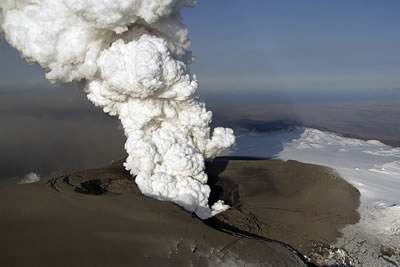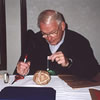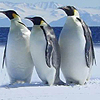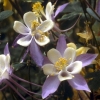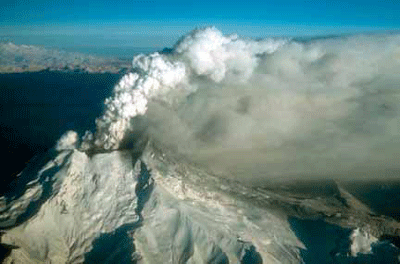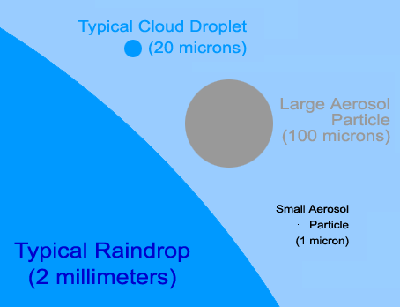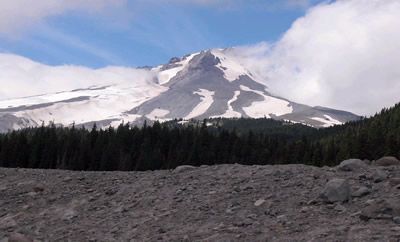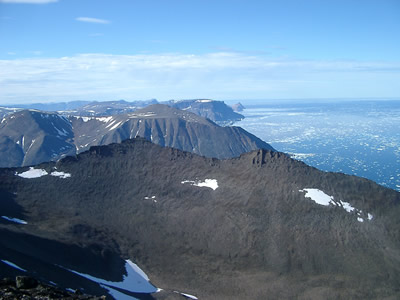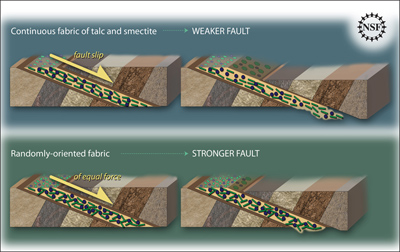Click on image for full size
Image Courtesy of Marco Fulle
Scientists Study "Glaciovolcanoes," Mountains of Fire and Ice
In the spring of 2010, the eruption of a volcano called Eyjafjallajökull in Iceland cancelled many flights in Europe. Eyjafjallajökull is a glaciovolcano, which means it's a volcano that is covered by glaciers. When these ice-covered volcanoes erupt, the interplay among molten magma, ice and meltwater can have catastrophic results.
There are other glaciovolcanoes in different parts of the world, including Katla, Hekla and Askja in Iceland; Edziza in British Columbia, Canada; and Mount Rainier and Mount Redoubt in the U.S.
When a glaciovolcano erupts, the glacier covering it can melt, creating floods below. In addition, tons of ash can be ejected into the atmosphere.
Two geologists, Ben Edwards from Dickinson College and Ian Skilling from the University of Pittsburgh, spend a lot of their time studying glaciovolcanoes. According to Edwards, when hot lava melts ice quickly, water can mix with magma, quickly become steam, and produce powerful explosions of fine volcanic ash. When little bits of liquid magma hit cold air, they freeze into billions and billions of particles, sent high into the atmosphere by the power of the volcano's eruption.
While many geologists are using the eruption of Eyjafjallajökull as an important way to inform the public about possible dangers from volcanoes, scientists who study glaciovolcanoes are waiting for the volcano to stop erupting. Then they can get closer to the volcano to get a look at newly formed glaciovolcanic deposits. These volcanoes contain clues about Earth's past climates and will help scientists learn more about the Earth.


